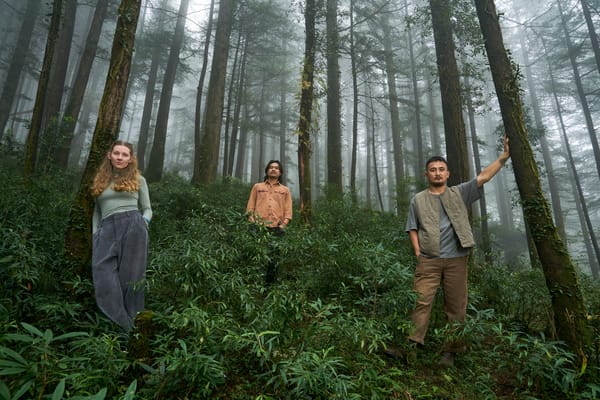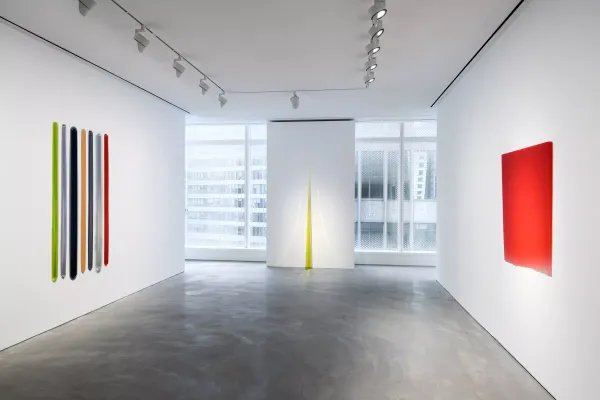News
Mid-Renovation Collapse of Future Arts Hub Structure Triggers Questions of Negligence in Historic Preservation Project


It’s been a long road to the opening of Hong Kong’s Tai Kwun arts and leisure complex—and it just got longer. Late in the evening on Sunday May 29, 2016, a major wall of the former government cluster, currently under renovation, gave way, leaving one of the historic compound’s 16 buildings in shambles. Following the collapse, a search was carried out for victims who may have been trapped in the debris; it has since been confirmed that the structure was empty when it fell and no injuries were reported. The confidence of Hong Kong residents in the project, however, has been seriously damaged.
The collapse occurred in the married inspectors’ quarters which, along with the former Central Police Station, Central Magistracy and Victoria Prison, form the Tai Kwun complex that has been undergoing a high profile, HKD 1.8 billion renovation by the Hong Kong Jockey Club since 2006. Originally slated to open in late 2016, the site’s debut has now been pushed back to 2017. Also known as the Central Police Station Compound, it will serve as a culture, leisure and arts hub and will include two newly-built towers by Swiss architectural firm Herzog & de Meuron.
Built between 1862 and 1864, the married inspectors’ quarters are among the oldest sections of the site. Architectural conservation scholar at the University of Hong Kong—and former member of the project’s heritage working group—Lee Ho-yin has publicly acknowledged, in the South China Morning Post that structural weakness in the high-risk building and substandard construction were flagged prior to the incident. In the same article, a spokesman for the Hong Kong Jockey Club said that steps to strengthen the edifice were initiated before the collapse and would continue.
Critics have been quick to point out what many see as the Hong Kong government’s perceived mismanagement of arts infrastructure projects. The Tai Kwun incident raises further concerns among a skeptical public amid contentious construction delays of another arts complex, West Kowloon Cultural District Authority. Including a park, performance center, events venue and the M+ museum of visual culture, it is currently scheduled to open in 2019. John Batten, a convener of the Hong Kong heritage conservation and urban planning advocacy community, Central & Western Concern Group, wrote in an email to ArtAsiaPacific that the accident at Tai Kwun was “shocking” and called for “complete transparency” in investigations, adding that, “Certainly, supervision of renovation projects of heritage buildings will need to be made tighter and clearer. . . scrutiny of their supervision on site will need to be investigated when finding a reason for the Tai Kwun collapse.”
The Central and Western district council is investigating into the building’s rehabilitation process and will meet with the Hong Kong Jockey Club as well as the Antiquities and Monuments Office and the Architectural Services Department to review the standards of repair work being carried out going forward. Whether information concerning the development of the hub will be made more accessible to the public in the aftermath of the incident remains to be seen. “There should progress and update reports and this collapse should be a great opportunity to start that communication,” Batten said. “It really could be an amazing site, but we all need to monitor and ensure it has a liberal approach to the management of the site, freedom of expression and bravery of programming.”







